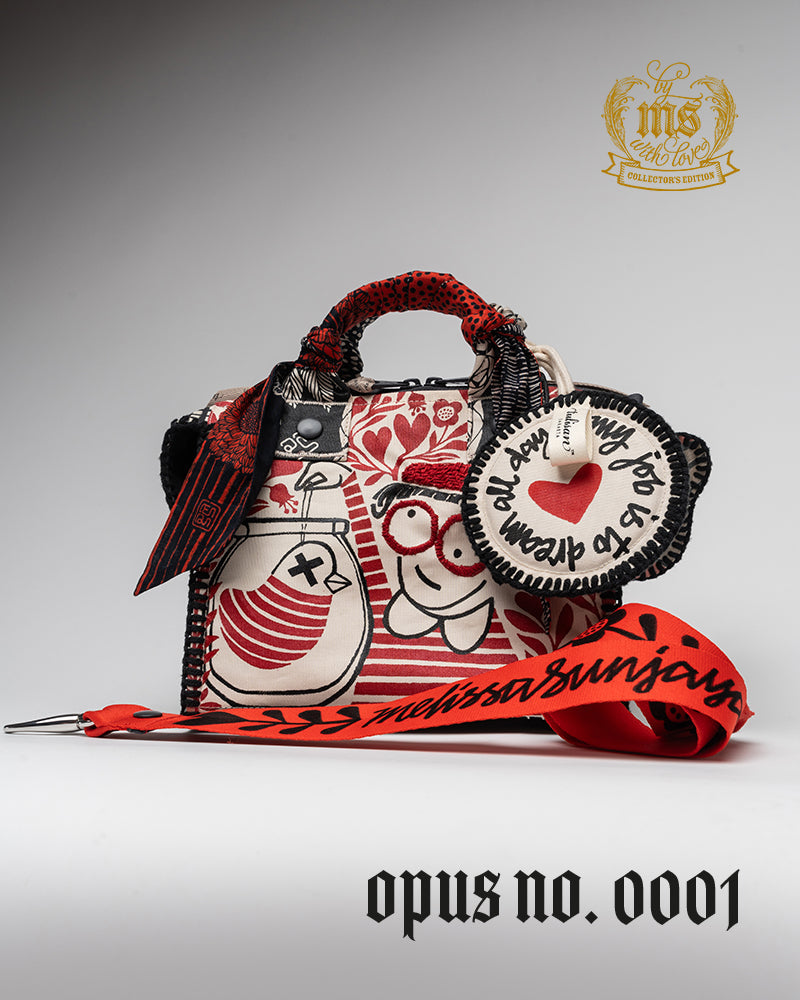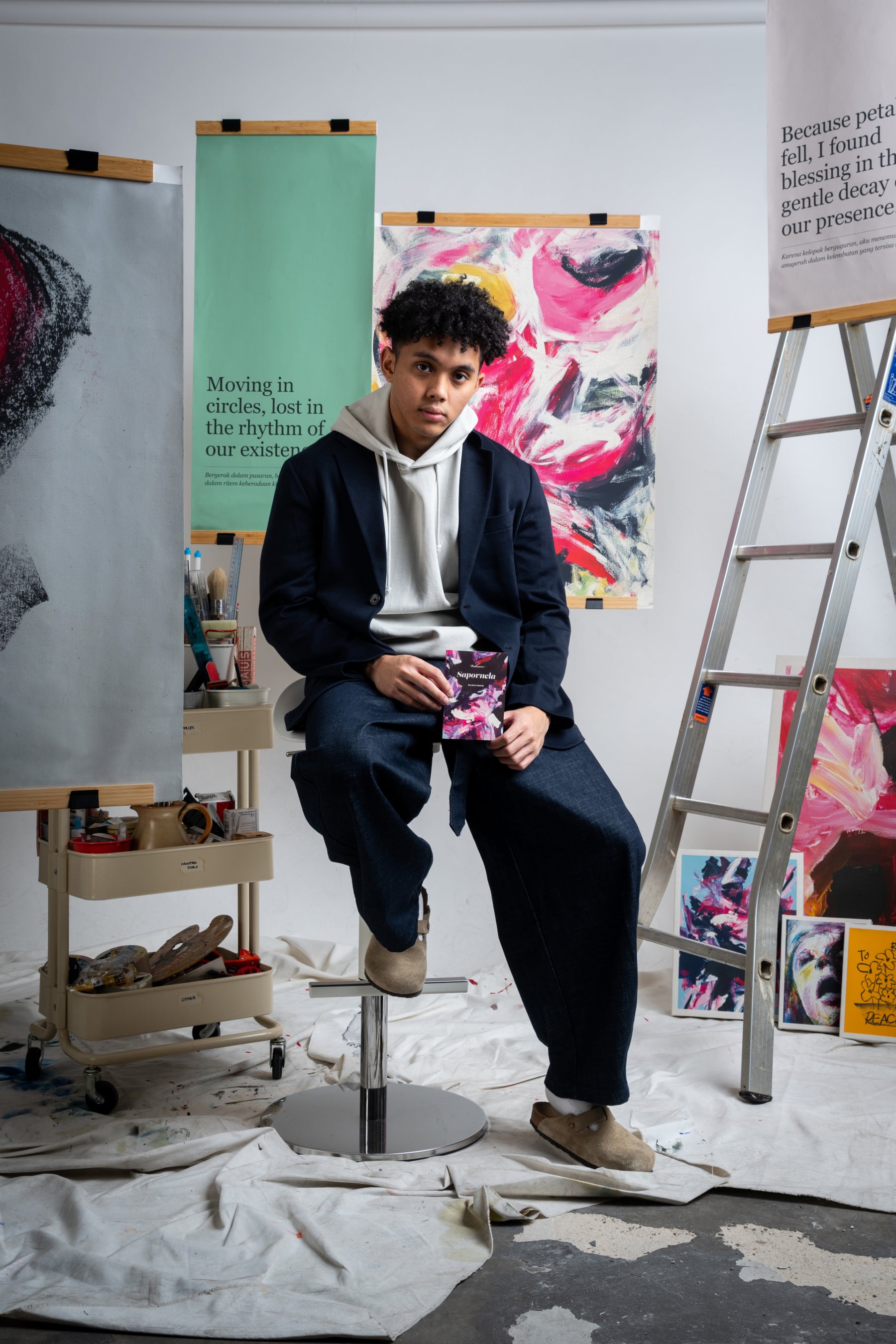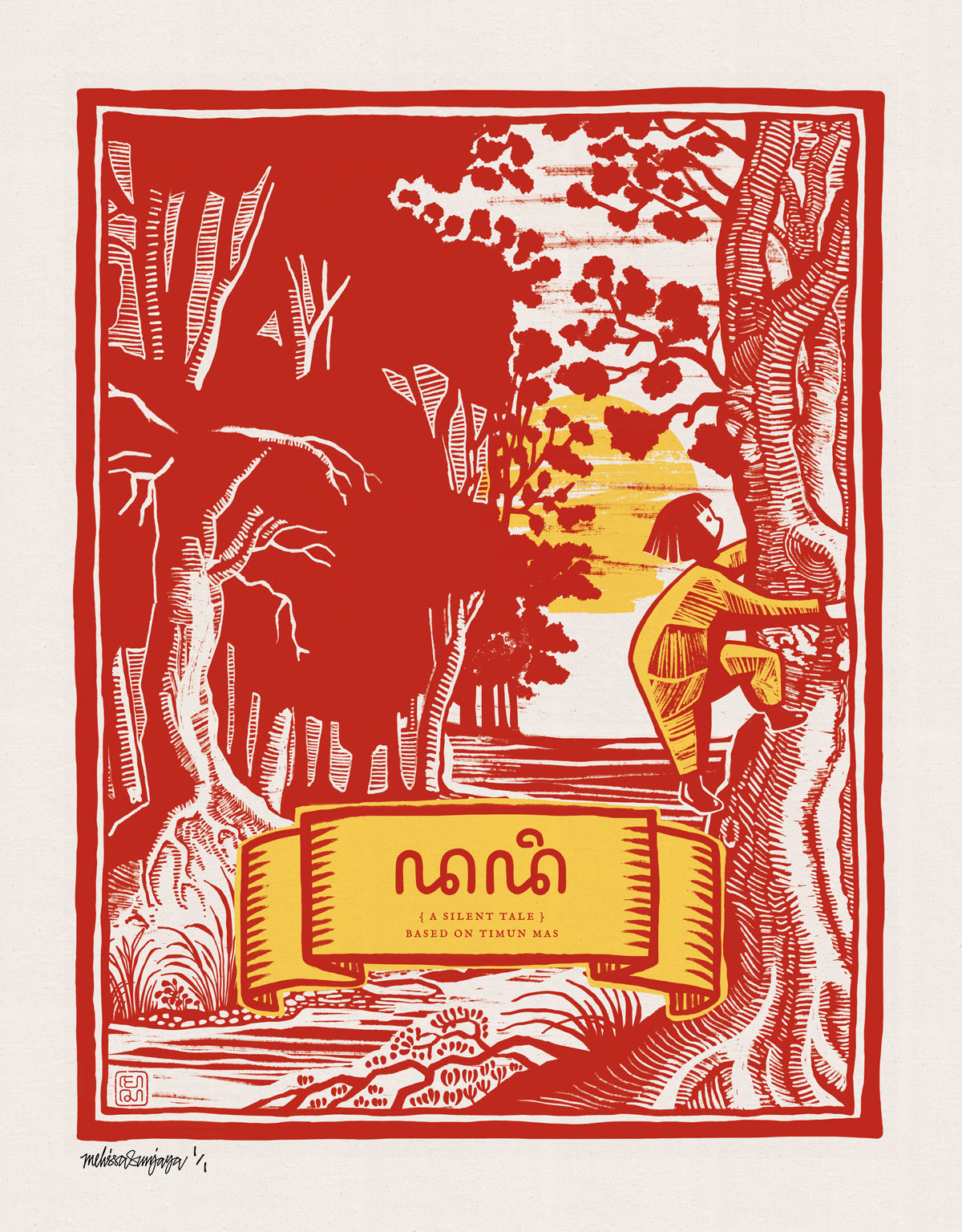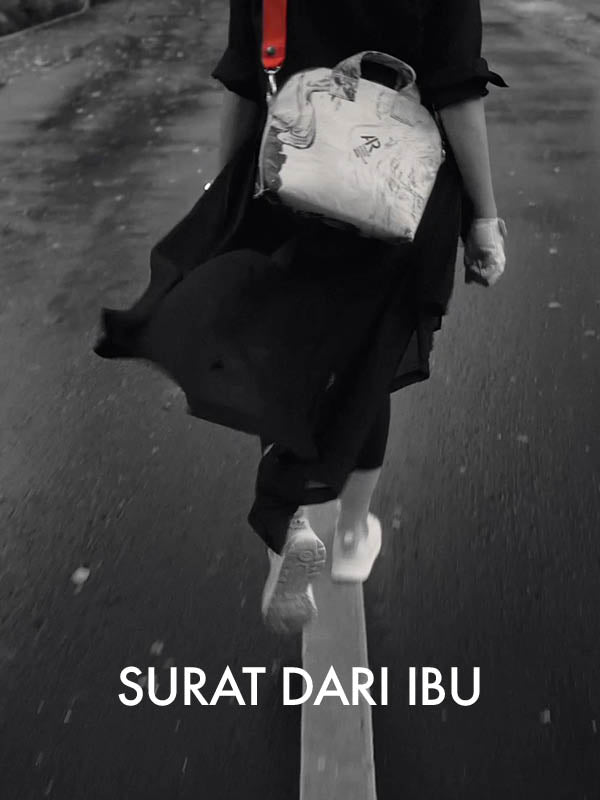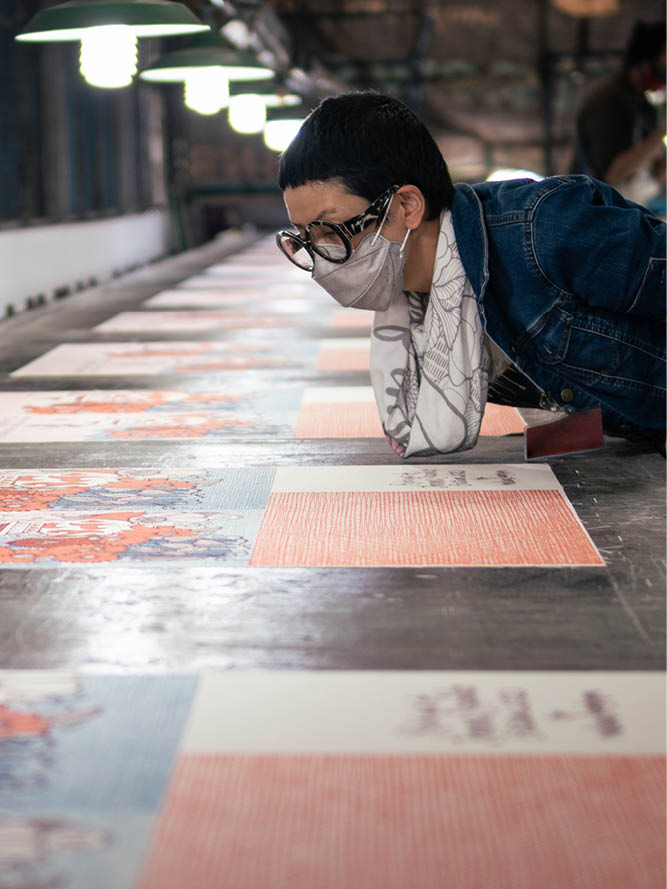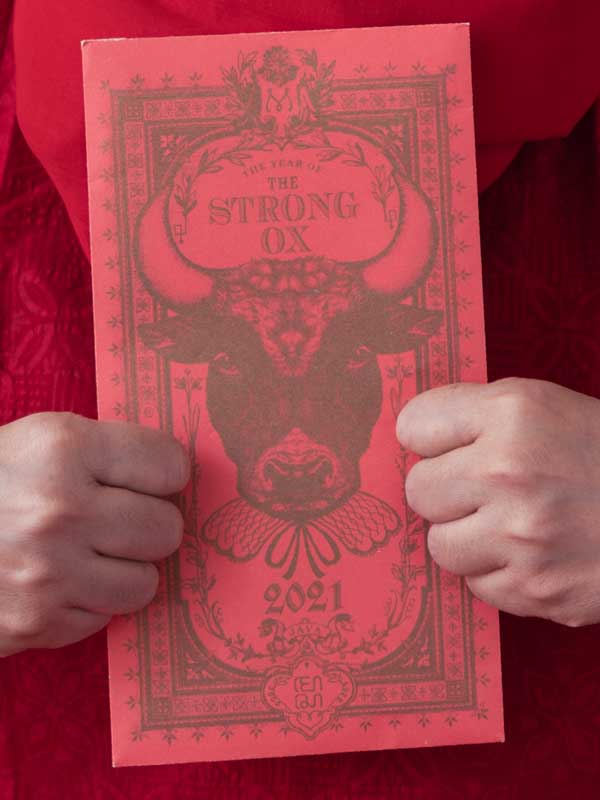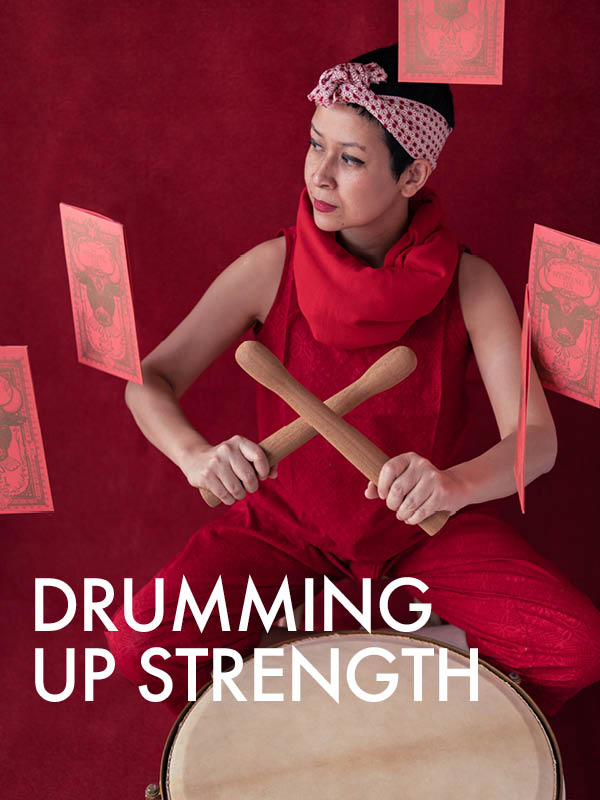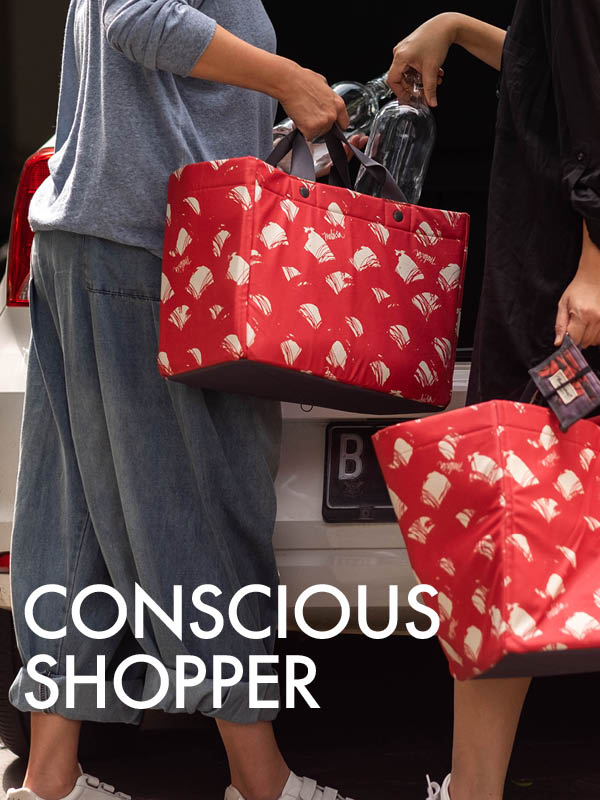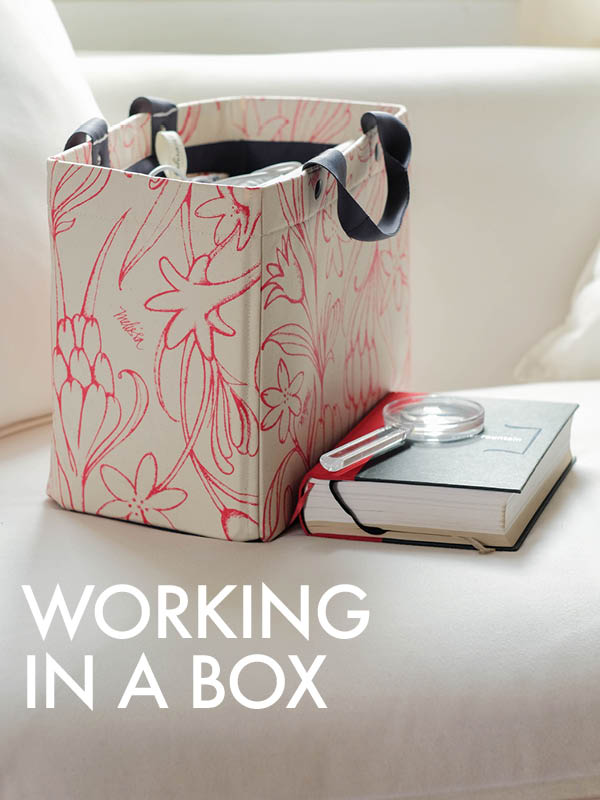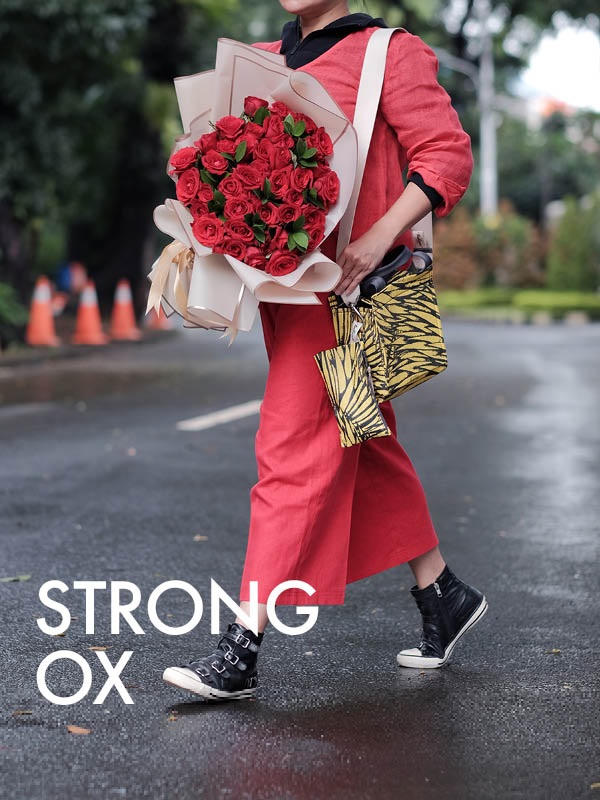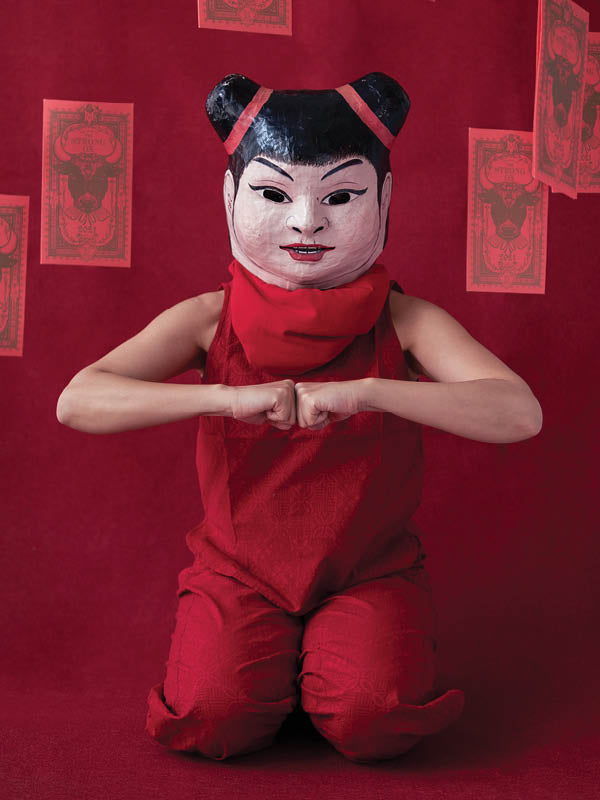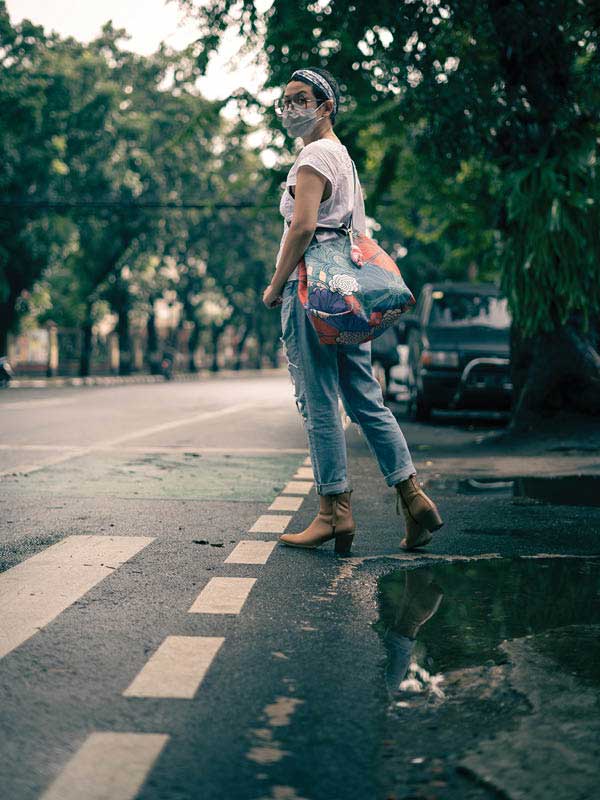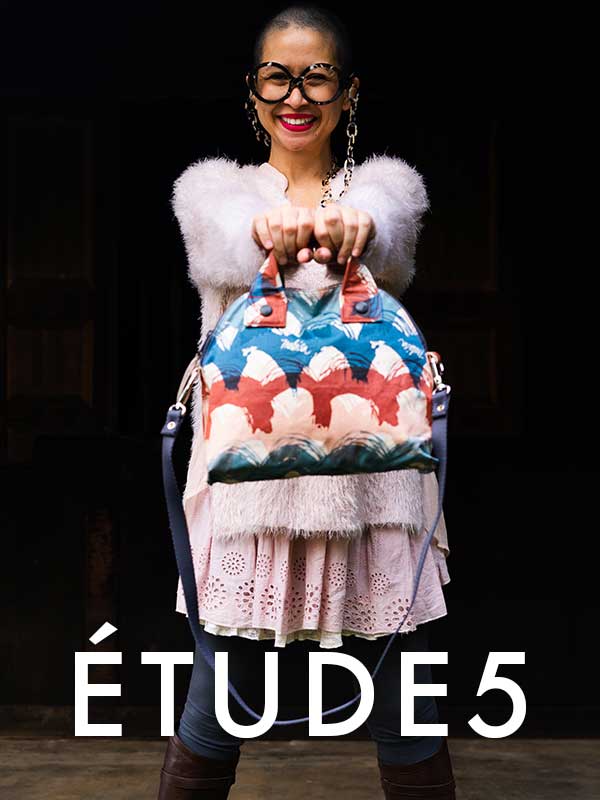Step 4: Prototyping (Print)
The production process and raw materials used at Tulisan is thoroughly evaluated with proper research and development to comply with the Sustainable Design Principles – a design standard emphasizing environmental preservation by reducing carbon footprint.
While the initial process of illustrating is spontaneous, full of character, and would capture emotions and stimulate the imagination, the composition of the prints must always be manually developed to become the patterns for textile.
This art form is taken from the ‘Originals’ editions where each element is manually transformed to become a textile pattern. In order to keep up with Sustainable Design Principles, the patterns must be maximized and be able to fulfill the anagram concept, a perspective play on patterns, having it rearranged in various ways to have it face one direction only.
By avoiding the usage of a pattern making software, each step in Tulisan is done organically without technical measurement which reduces flexibility and make it too rigid for cutting and change.
Before applying the pattens on the materials, Melissa [Sunjaya] would continuously experiment with texture, shapes, and penmanship before the patterns are printed on a rotary machine which applies the latest technology called ‘reactive dye’ – a method where the dyes is absorbed to the material’s surface to produce vivid colors that withstands any weather conditions.
Read the previous steps below:
Step 1: Preliminary Research and Sketching
Step 2: Writing the Stories
Step 3: Research and Development
– Tulisan Chronicles Team




















